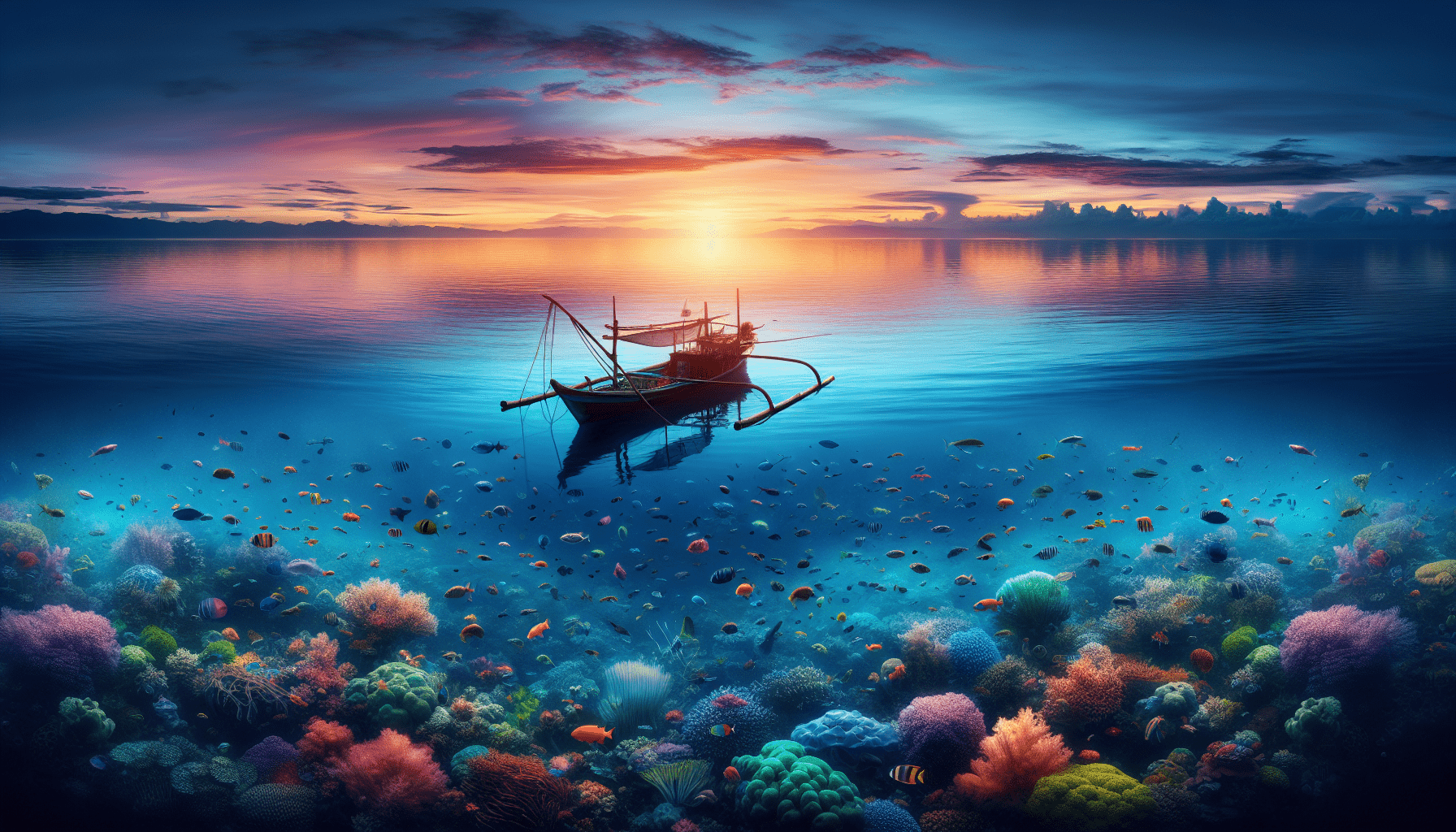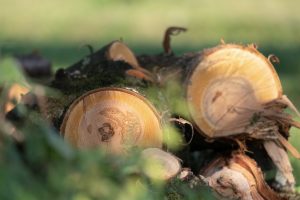Have we ever paused to consider the sustainability of our seafood? Our choices and practices have a profound impact on marine ecosystems and the future of fishing. Sustainable fishing isn’t just a buzzword; it’s an essential practice for maintaining the health of our oceans and ensuring that future generations can continue to enjoy seafood. Let’s dive into the best practices for sustainable fishing.
Understanding Sustainable Fishing
Before we can discuss best practices, we need to understand what sustainable fishing means. Sustainable fishing aims to meet the current demand for seafood without compromising the ability of future generations to meet their needs. This means harvesting fish in a way that the population of the species isn’t depleted and the surrounding ecosystems remain healthy.
Why Is Sustainable Fishing Important?
Sustainable fishing is crucial for several reasons. First, it helps maintain fish populations at healthy levels, ensuring that they don’t become overfished. Overfishing can lead to the collapse of certain fish populations, which can have a cascading effect on the entire marine ecosystem. For example, if a predator species is overfished, its prey may multiply unchecked, disrupting the natural balance.
Moreover, sustainable fishing fosters biodiversity. Diverse ecosystems are more resilient and can better withstand changes, whether they’re natural or human-induced. By protecting the variety of species in our oceans, we help maintain these critical ecosystems.
Finally, sustainable fishing supports the livelihoods of millions of people around the world. From fishers to processors and sellers, countless individuals and communities rely on healthy fish populations to sustain their way of life. By practicing sustainable fishing, we help ensure that these jobs and economies can thrive long into the future.
Key Principles of Sustainable Fishing
Let’s explore the essential principles that guide sustainable fishing practices. These principles provide a framework for managing fishing activities to ensure they are balanced and considerate of the long-term health of marine environments.
Maximum Sustainable Yield (MSY)
The Maximum Sustainable Yield (MSY) is a biological concept that represents the largest catch that can be taken from a specific fish stock without hindering its ability to reproduce and replenish. MSY is calculated based on scientific assessments of fish population dynamics and environmental conditions. By adhering to MSY, fisheries can harvest enough fish to meet demands while ensuring that stock levels remain sustainable.
Precautionary Principle
The precautionary principle calls for caution in management when scientific data is incomplete or uncertain. This principle underscores the importance of erring on the side of conservation and sustainability, rather than pushing the limits of what might be a sustainable yield. In practice, this might mean setting lower catch limits or establishing protected areas to prevent overfishing and allow for more data collection.
Ecosystem-Based Management (EBM)
Ecosystem-Based Management (EBM) takes a holistic approach, considering the entire ecosystem rather than focusing solely on individual fish stocks. This method acknowledges the interconnectedness of species and habitats, addressing the impacts of fishing on the entire marine environment. EBM also considers other factors such as habitat destruction, pollution, and climate change, ensuring a more comprehensive strategy for sustainable fishing.
Bycatch Reduction
Bycatch refers to the unintentional capture of non-target species, including other fish, marine mammals, and seabirds. Bycatch can have significant ecological impacts, often resulting in the discarding of dead or dying creatures back into the ocean. Reducing bycatch is a critical aspect of sustainable fishing, achieved through modifications in fishing gear, techniques, and regulations.

Best Practices for Sustainable Fishing
Now that we have an understanding of the principles of sustainable fishing, let’s delve into specific best practices that align with these principles. These practices range from individual actions to community and industry-wide initiatives.
Using Selective Fishing Gear
One of the most effective ways to practice sustainable fishing is to use selective fishing gear. Selective gear reduces bycatch and minimizes habitat damage. Here are some examples:
| Gear Type | Description | Benefits |
|---|---|---|
| Circle Hooks | Hooks designed to catch fish by the mouth, reducing injury and death for non-target species | Lowers bycatch, improves fish survival rates |
| Turtle Excluder Devices (TEDs) | Devices attached to nets allowing turtles to escape | Protects endangered sea turtles |
| J-hooks vs. Circle Hooks | Traditional J-shaped hooks versus rounded hooks | Circle hooks reduce bycatch and injury of non-target species |
These gear modifications can make a significant difference in reducing the impact of fishing on non-target species and habitats.
Adopting Catch Limits and Quotas
Catch limits and quotas are regulatory measures designed to control the amount of fish harvested from specific populations. By setting these limits based on scientific data, fisheries can ensure that they are not over-exploiting resources.
Implementing Seasonal Closures
Seasonal closures are periods when fishing is restricted or entirely prohibited to protect fish during critical times, such as spawning seasons. These closures allow fish populations to reproduce and grow, ultimately supporting healthier stocks.
Establishing Marine Protected Areas (MPAs)
Marine Protected Areas (MPAs) are zones where human activity is regulated or restricted to conserve marine life and habitats. MPAs can vary in size and restrictions, from no-take zones to areas with limited activities allowed.
Supporting Certification Programs
Certification programs like the Marine Stewardship Council (MSC) label help consumers identify sustainably sourced seafood. By supporting and purchasing from certified fisheries, we can encourage more sustainable practices industry-wide.
Promoting Fisheries Co-Management
Fisheries co-management involves the collaboration between governments, local communities, and other stakeholders in managing fisheries resources. This inclusive approach ensures that all voices are heard, and local knowledge is integrated into management plans.
Role of Policy and Governance in Sustainable Fishing
Effective policy and governance are essential for implementing and enforcing sustainable fishing practices. Let’s explore some of the critical elements of governance that support sustainability.
International Agreements
International agreements play a significant role in ensuring sustainable fishing on a global scale. Treaties like the United Nations Convention on the Law of the Sea (UNCLOS) and the Agreement on Port State Measures (PSMA) set frameworks for countries to cooperate on fisheries management.
National Regulations
Each country is responsible for establishing and enforcing regulations within its waters. These regulations can include catch limits, gear restrictions, and protected areas. National agencies often work with scientific bodies to ensure that policies are based on up-to-date research.
Community-Based Management
Community-based management empowers local communities to take an active role in managing their fisheries. This approach can lead to more effective conservation measures and better compliance, as local fishers have a vested interest in preserving their resources.
Enforcement and Compliance
Enforcement is critical for ensuring that regulations are followed. This can include monitoring, surveillance, and penalties for non-compliance. Technological advancements like satellite tracking and electronic reporting can enhance enforcement efforts.

Challenges to Sustainable Fishing
Despite the clear benefits and established practices, numerous challenges still hinder the achievement of sustainable fishing. Let’s review some of the most significant obstacles and consider ways to address them.
Illegal, Unreported, and Unregulated (IUU) Fishing
IUU fishing is a major threat to sustainable fisheries. It undermines legal operations and can lead to overfishing and environmental damage. Efforts to combat IUU fishing include stronger enforcement, improved tracking technology, and international cooperation.
Climate Change
Climate change impacts ocean temperatures, acidity, and ecosystems, affecting fish populations and habitats. Adaptation strategies are necessary to address these changes, including flexible management plans and conservation efforts that account for shifting distributions and habitats.
Economic and Social Factors
Economic pressures and social dynamics can complicate sustainable fishing efforts. For instance, fishers may resist regulations if they perceive them as threatening their livelihoods. Addressing these concerns requires balancing ecological goals with the socio-economic realities of fishing communities, potentially through compensation schemes or alternative livelihood programs.
Managing Mixed Fisheries
Mixed fisheries, where multiple species are caught together, pose unique challenges for sustainable management. Balancing the needs of different species and ensuring that bycatch is minimized requires comprehensive, adaptive management strategies.
The Future of Sustainable Fishing
The future of sustainable fishing hinges on continued innovation, cooperation, and adaptation. Let’s consider some advancements and trends that hold promise for achieving sustainability in fisheries.
Technological Innovations
Emerging technologies are transforming the fishing industry and its capacity for sustainable practices. Innovations include:
| Technology | Application | Benefits |
|---|---|---|
| Electronic Monitoring Systems | Cameras and sensors onboard vessels to record catches and bycatch | Improves data accuracy, enhances enforcement |
| Satellite Tracking | Real-time tracking of fishing vessels | Increases transparency, helps combat IUU fishing |
| DNA Analysis | Identifies fish species in catches and products | Ensures accurate labeling, aids in population assessments |
Harnessing these technologies can significantly improve our ability to manage fisheries sustainably.
Strengthening Certification and Traceability
Improving certification programs and traceability systems can enhance consumer confidence in sustainably sourced seafood. Blockchain technology, for example, can provide a transparent and immutable record of a product’s journey from ocean to plate.
Participatory Approaches
Engaging stakeholders at all levels, from local communities to international organizations, is critical for successful fisheries management. Participatory approaches that incorporate diverse perspectives and traditional knowledge can lead to more effective and equitable solutions.
Integrating Conservation and Development
Achieving sustainable fisheries requires a balance between conservation and development goals. Integrated approaches that support both environmental sustainability and economic viability can create win-win scenarios for ecosystems and communities.
Global Cooperation and Policy Development
The future of sustainable fishing depends on continued global cooperation and robust policy development. Strengthening existing international agreements and fostering new collaborations will be essential for addressing shared challenges and safeguarding marine resources.
Conclusion
Sustainable fishing is not just about preserving fish populations; it’s about maintaining the intricate balance of marine ecosystems and supporting the livelihoods of millions who depend on these resources. Through a combination of best practices, sound governance, technological innovation, and global cooperation, we can ensure a sustainable future for our oceans.
Our collective actions today will determine the health and abundance of marine life for generations to come. By understanding and implementing sustainable fishing practices, we contribute to a more resilient and thriving ocean. Let us commit to making informed choices, supporting sustainable initiatives, and advocating for policies that protect our invaluable marine resources. The journey towards sustainable fishing is ongoing, and every effort counts in securing a bountiful and balanced oceanic future.



